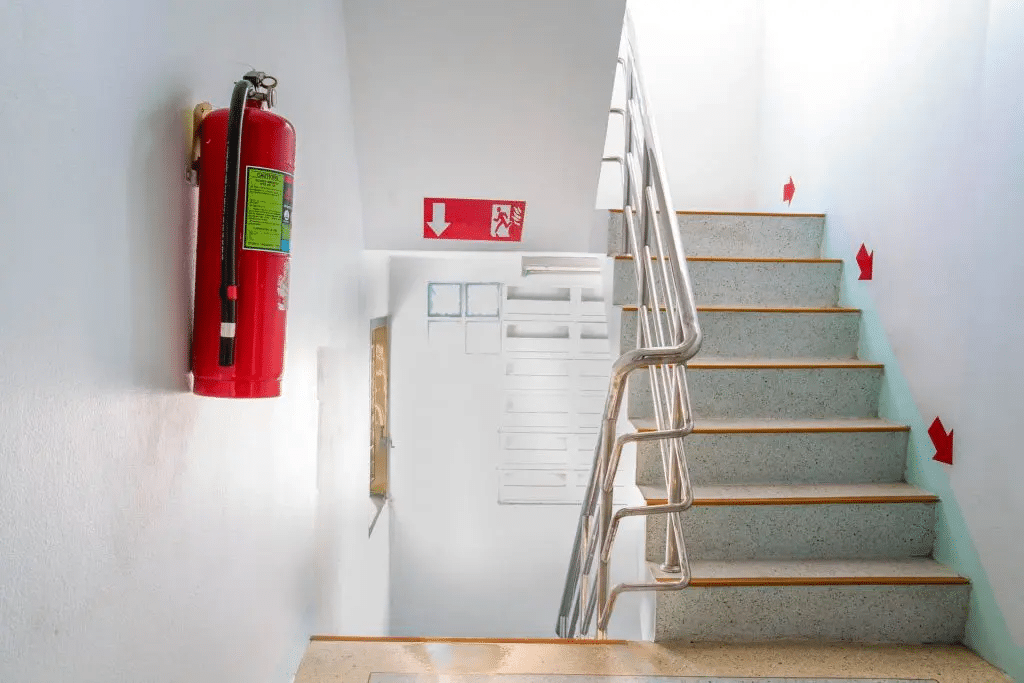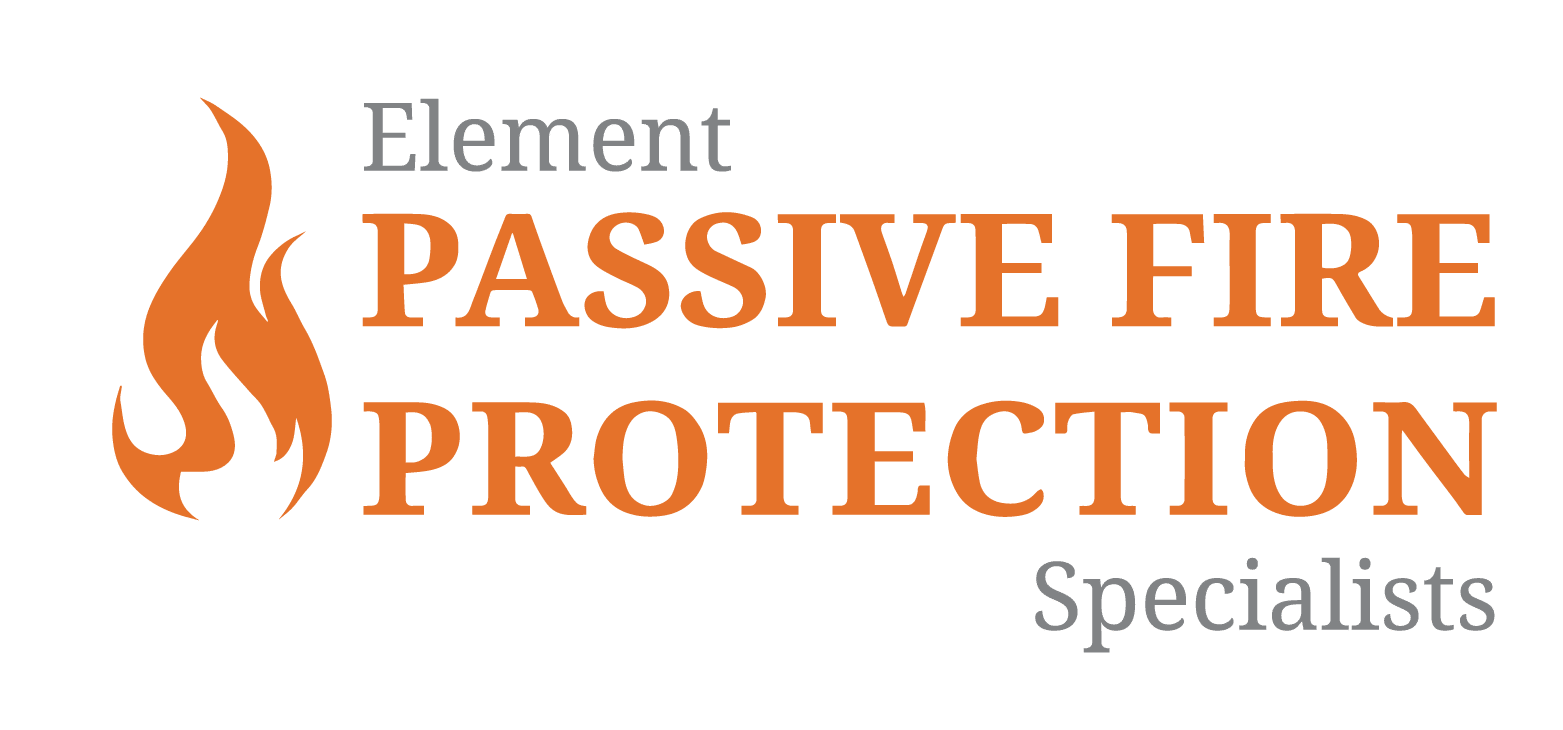Fire Risk Assessment Checklist 2024
Share
Fire Risk Assessment Checklist 2024: Ensuring Safety with Element PFP
Any commercial or residential facility must prioritise fire safety. Undertaking a thorough evaluation of fire risks is necessary in order to recognise possible dangers and put in place efficient strategies to reduce them. Your safety is our top priority at Element PFP, which is why we’ve given you a thorough Fire Risk Assessment Checklist for 2024. With the aid of this list, you will be able to comprehend the essential elements of a comprehensive fire risk assessment and make sure that your premises is secure and complies with current safety standards.
What Is a Fire Risk Assessment?
A fire risk assessment is a methodical examination of your property to pinpoint potential sources of fire, evaluate the risks associated with them, and suggest countermeasures. To protect the safety of occupants and property, companies and residential premises are required by law to do routine fire risk assessments.
Why Are Fire Risk Assessments Important?
It is important to carry out a fire risk assessment for several reasons:
Legal Compliance: It is required to abide with fire safety rules. A thorough evaluation guarantees that your property satisfies all legal criteria.
Safety of Occupants: People who live or work on your property are protected from fire by identifying possible fire dangers and putting safety measures in place.
Property Protection: You can protect your investment by preventing fires and minimising damage.
Insurance Requirements: Proof of ongoing fire risk assessments is often required by insurance plans.
Fire Risk Assessment Checklist 2024
For 2024, Element PFP has created an extensive Fire Risk Assessment Checklist. To make sure your property is safe and complies with regulations, this checklist includes all the necessary items.
1. Determine Fire Risks
Sources of Ignition: Look for any possible sources of ignition, such as hot surfaces, open flames, heating appliances, and electrical equipment.
Sources of Fuel: List the items that can start a fire, such as textiles, paper, wood, and flammable substances.
Sources of Oxygen: Make sure there is enough ventilation and note any places where a fire might get out of control due to a lack of oxygen.

2. Assess Dangers to Individuals
Features of the Occupant: During an evacuation, take into account the number of inhabitants, their level of movement, and any special requirements they might have.
Escape Routes: Make sure every escape route is visible, easily accessible, and well marked. Verify that the emergency lights is operational and that the doors open readily.
Formulate and rehearse an evacuation strategy: Make sure everyone who lives/works there is aware of it.
3. Put Fire Prevention Measures Into Practice
Electrical Security: Examine electrical equipment and installations on a regular basis. Make sure all appliances adhere to safety regulations and replace any damaged wiring.
Storage Procedures: Keep combustible objects out of the reach of spark sources and stored properly. Keep up good housekeeping to reduce clutter.
Heating Equipment: Give your heating equipment routine maintenance and repairs. Make careful you utilise them safely and appropriately.
4. Set up systems for fire detection and warning.
Smoke Alarms: Put smoke alarms in place on each floor of the building. Check them frequently, and change the batteries as necessary.
Regular Updates: Make sure your fire alarm system is up to date and in working order. Teach the residents what to do in the event that the alarm goes off.
Emergency Lighting: To light escape routes during a power outage, install and maintain emergency lighting.

5. Offer Firefighting Supplies
Make sure your property is equipped with the correct fire extinguishers. Make sure they are conveniently accessible and examined on a regular basis.
Place fire blankets in places like kitchens where minor fires are prone to occur.
For extra security, especially on bigger properties, think about adding sprinkler systems.
6. Provide Occupants with Fire Safety Training:
Provide all occupants with frequent fire safety training sessions. Make sure they are familiar with evacuation protocols and how to utilise fire extinguishers.
Plan routine fire drills to test evacuation protocols and pinpoint any areas that need improvement.
7. Examine and Refresh
Frequent Reviews: To make sure your fire risk assessment is still current and useful, review it frequently.
Keeping Records: Keep thorough records of all evaluations, instruction, and upkeep tasks.

Get started today
Maintaining fire safety is an ongoing activity that calls for attention to detail and dedication. You may safeguard your property and its occupants by identifying possible threats, putting in place efficient safety measures, and according to Element PFP’s Fire Risk Assessment Checklist for 2024. Remember that a thorough fire risk assessment guarantees legal compliance and gives you the assurance that you are equipped to manage any fire emergency.
Get in touch with us right away for more details on fire risk assessments and how Element PFP can help you protect your property. Our group of qualified professionals is here to assist you at every stage. With Element PFP, we can help you work through the fire risk assessment checklist!






